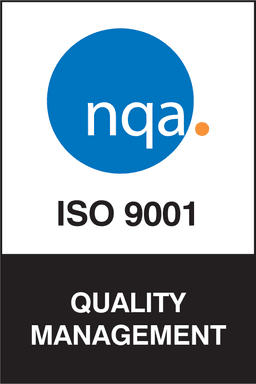Paraformaldehyde

Get a Quick Quote Now
Select Packaging
For more information call  (914) 654-6800or email
(914) 654-6800or email  INFO@PARCHEM.COM
INFO@PARCHEM.COM
(914) 654-6800
INFO@PARCHEM.COM
For more informationemail INFO@PARCHEM.COM
INFO@PARCHEM.COM
email
INFO@PARCHEM.COM
Product Description
Product
Paraformaldehyde
CAS
30525-89-4
Formula
HO(CH2O)nH
Synonym
Paraform; Paraformaldehyde
Typical Product Specifications
Density
0.880
Slightly Soluble
in cold water
Moderately Soluble
in hot water (yielding formaldehyde)
Grade
91% Prills
Formaldehyde
89.5 - 92.5%
Formic Acid
0.03% max
Ash
0.01% max
pH Value (10% suspension)
3.5 - 5.0
Insolubility
in ethanol
Odor
formaldehyde odor
Melting Point
132-136 c
Molecular weight
(30.03)n
Flash Point
158 f
Solubility
strong alkalis
Notes
Paraformaldehyde reacts with either phenol, urea, melamine or resorcinol to produce resins used as binders in plywood and particleboard. Paraformaldehyde is also used in resin production offers two major advantages as compared with aqueous formaldehyde: (1) more production from existing equipment and (2) less water (typically twenty fold less) to be removed from the reactor product.
Class
Paraformaldehyde

For more information call  (914) 654-6800or email
(914) 654-6800or email  INFO@PARCHEM.COM
INFO@PARCHEM.COM
(914) 654-6800
INFO@PARCHEM.COM
For more informationemail INFO@PARCHEM.COM
INFO@PARCHEM.COM
email
INFO@PARCHEM.COM
Product Description
Product
Paraformaldehyde
CAS
30525-89-4
Formula
HO(CH2O)nH
Synonym
Paraform; Paraformaldehyde
Typical Product Specifications
Density
0.880
Slightly Soluble
in cold water
Moderately Soluble
in hot water (yielding formaldehyde)
Grade
91% Prills
Formaldehyde
89.5 - 92.5%
Formic Acid
0.03% max
Ash
0.01% max
pH Value (10% suspension)
3.5 - 5.0
Insolubility
in ethanol
Odor
formaldehyde odor
Melting Point
132-136 c
Molecular weight
(30.03)n
Flash Point
158 f
Solubility
strong alkalis
Notes
Paraformaldehyde reacts with either phenol, urea, melamine or resorcinol to produce resins used as binders in plywood and particleboard. Paraformaldehyde is also used in resin production offers two major advantages as compared with aqueous formaldehyde: (1) more production from existing equipment and (2) less water (typically twenty fold less) to be removed from the reactor product.
Class


